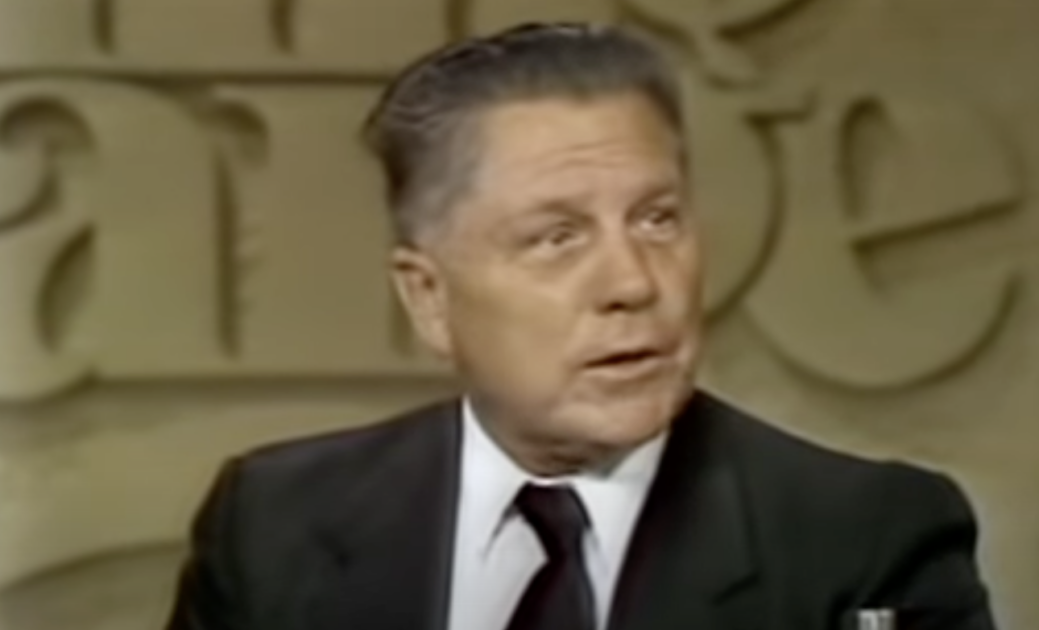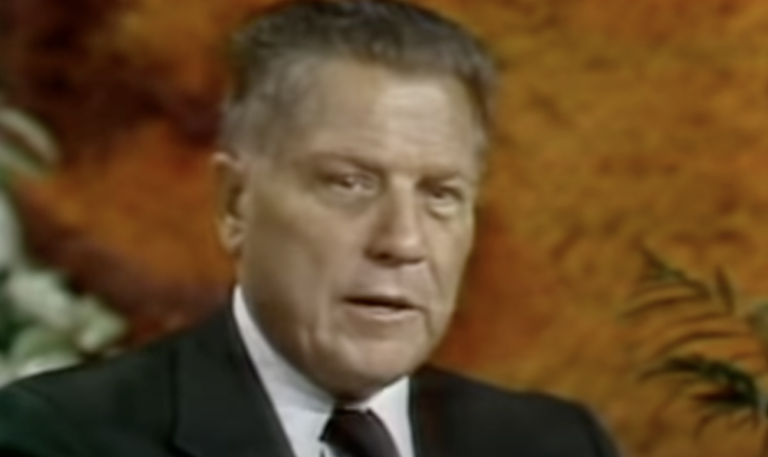
The cold case group The Case Breakers believes that Jimmy Hoffa, the former Teamsters leader who mysteriously disappeared on July 30, 1975, is buried in Milwaukee. Hoffa famously vanished without a trace, sparking long-held beliefs that he was murdered by the mob and that his body was deliberately hidden.

According to a report from Fox, The Case Breakers claim Hoffa’s body lies in a parking lot area outside a little league stadium, built in 2002 on the former site of Milwaukee County Stadium. More specifically, under 3rd base.
They based this conclusion on multiple ground-penetrating radar scans, which detected an unusual clay layer, interpreted as a result of hasty excavation and refilling. Intriguingly, the location was pinpointed following a dying police sergeant’s cryptic instructions on an ace of spades card.
Furthermore, the group’s confidence in this theory is bolstered by accounts from several “credible witnesses” and positive indications from a cadaver dog, known for its success in over 200 similar cases. The dog consistently reacted to the same area previously identified by radar scans.
RELATED: 10 Of The Most Embarrassing Moments In Sports History
The Case Breakers, also known for their attempt to identify the Zodiac Killer, are confident in their findings. The FBI and other law enforcement agencies have conducted numerous unsuccessful searches for Hoffa’s remains over the years, and no concrete evidence has been found regarding the details of his disappearance. The suggestion that Hoffa’s body could be buried in such an accessible location raises questions about why a more thorough investigation hasn’t been conducted in that area.
Hoffa, an influential and controversial labor leader, was born in 1913 and became a central figure in 20th-century American labor history. Rising through the ranks to become the president of the International Brotherhood of Teamsters (IBT), one of the largest and most powerful labor unions in the United States, Hoffa was known for his relentless pursuit of workers’ rights, aggressive leadership style, and deep connections with organized crime.
Under Hoffa’s leadership, the Teamsters grew significantly in membership and economic power, negotiating unprecedented labor contracts and benefits for its members. Hoffa’s ability to negotiate and win better terms for workers cemented his reputation as a tough and pragmatic leader.
However, Hoffa’s career was also shadowed by his involvement with organized crime. His relationships with prominent figures in the criminal underworld were partly due to the mutual benefits in controlling labor movements and were instrumental in his rise to power. These connections led to multiple legal challenges; Hoffa was convicted of jury tampering, attempted bribery, and fraud in 1967, resulting in a prison sentence.
After serving part of his sentence, Hoffa was released in 1971 following a commutation by President Richard Nixon, with restrictions on his direct involvement in union activities. This restriction fueled his attempts to regain control over the Teamsters, creating tensions within the union and with his former criminal associates.
Hoffa’s life took a mysterious turn when he disappeared in 1975, a case that remains unsolved. His disappearance, suspected to be linked to his criminal associations and attempts to reclaim union power, has spurred numerous theories and remains one of the most intriguing unsolved mysteries in American history. One that may soon be moved into the ‘solved’ column.
NEXT: Fists Fly At A California High School Basketball Game When Ref Throws Punches At A Coach